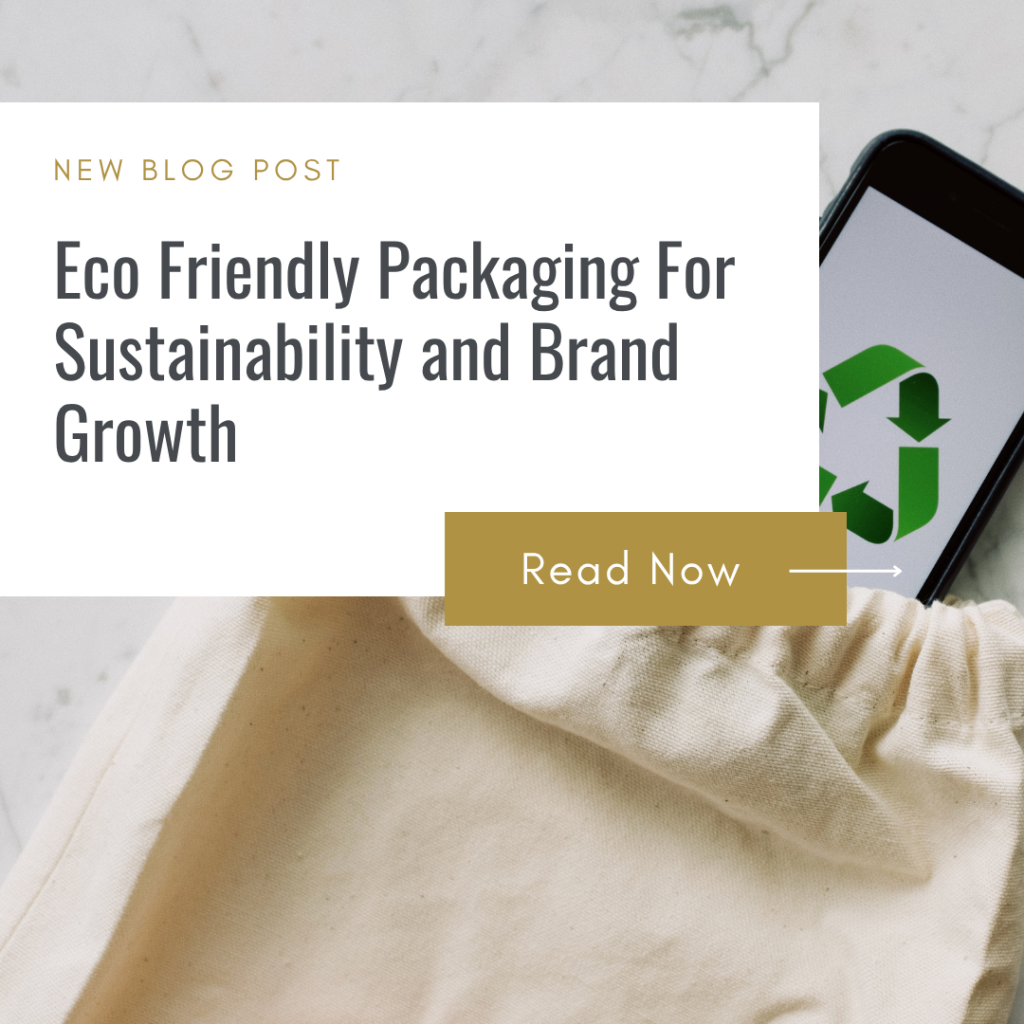
What’s the Problem with Conventional Packaging?
While packaging plays a crucial role in protecting and containing products, most conventional packaging materials today, especially those used for food, delivery, and disposable items, pose significant environmental challenges. The majority of these packages are made from plastic, particularly polyethylene, which comes in various forms:
- Polyethylene terephthalate (PET):
Commonly used for drink bottles, PET is the most prevalent and widely recycled plastic. - High-density polyethylene (HDPE):
Found in containers for products like shampoo, laundry detergent, and motor oil due to its durability. - Low-density polyethylene (LDPE):
Used for plastic bags and film packaging. Unfortunately, it is not widely recycled.
Plastic packaging is also commonly used in the fashion industry, from shopping bags to delivery wraps. While plastic is technically recyclable, the reality is far from ideal. In Europe alone, over 70% of recyclable plastic still ends up in landfills or the ocean.
Beyond poor recycling outcomes, plastic packaging also poses environmental risks during its lifecycle. Its production relies heavily on crude oil, and when it breaks down over hundreds of years, it can release harmful chemicals like bisphenol A (BPA), a toxin known to disrupt hormonal systems in wildlife.
You might wonder, “Isn’t paper or cardboard a better option?” Although these materials are natural, they aren’t always sustainable. In fact, the pulp and paper industry consumes around 40% of globally traded wood, leading to deforestation of approximately 7.5 million hectares of forest each year.
These challenges highlight the urgent need for sustainable alternatives. That’s where eco-friendly packaging comes in, offering a smarter, safer solution for both businesses and the planet.
What is Eco-Friendly Packaging?
Eco friendly packaging refers to packaging solutions that are designed with minimal environmental impact in mind—from production to disposal. According to the Sustainable Packaging Coalition, for packaging to be considered truly sustainable, it must meet several key criteria:
- Be beneficial, safe, and healthy for individuals and communities throughout its entire life cycle.
- Meet the necessary performance and cost expectations of the market.
- Be sourced, produced, transported, and recycled using renewable energy.
- Maximise the use of renewable or recycled materials.
- Be manufactured using clean technologies and environmentally responsible practices.
- Be made from materials that remain non-toxic throughout their use and decomposition.
- Be designed to optimise energy and resource efficiency.
- Be recoverable and reusable within biological or industrial closed-loop systems.
In simple terms, eco-friendly packaging should be made from sustainable, biodegradable, or recyclable materials. It should also support a circular economy, where resources are reused or regenerated, rather than discarded.
By embracing these principles, businesses not only reduce their environmental footprint but also align with growing consumer demand for sustainability.
The Environmental Benefits of Eco-Friendly Packaging
Switching to eco-friendly packaging isn’t just a branding move, it’s a tangible way to reduce your environmental impact. Here’s how:
- Reduces Carbon Footprint
Eco friendly packaging made from recycled or natural material like bamboo or FSC-certified paper, significantly lowers your carbon footprint. These materials often require less energy to produce and, in some cases, like bamboo, they actively absorb carbon dioxide during growth. If your business aims to be carbon neutral, sustainable packaging is a smart and impactful step. - Biodegradable and Compostable
Unlike plastic, which takes hundreds of years to degrade while releasing harmful chemicals, eco-friendly packaging breaks down naturally. Many biodegradable options, such as compostable paper or plant-based materials, safely decompose without harming the environment, some can even be composted at home. - Easier and Safer Disposal
Recycling systems in the UK, Europe, and many other regions now support the proper disposal of sustainable materials. When packaging is designed to be easily recyclable, and consumers are encouraged to sort waste properly, disposal becomes less harmful and more efficient. - Free from Harmful Toxins
Conventional plastic packaging is made from petrochemicals like crude oil, linked to pollution during extraction, processing, and disposal. In contrast, eco friendly packaging is free from toxic chemicals like BPA and phthalates, ensuring it’s safer for both the environment and human health as it degrades. - Reusable and Recyclable
One of the core principles of eco friendly packaging is reusability. High-quality sustainable packaging can often be repurposed for storage, gift wrapping, or creative DIY projects. Reusing packaging extends its lifecycle, reducing the demand for new materials and lowering environmental impact further.
How Eco-Friendly Packaging Benefits Your Business
Adopting eco-friendly packaging isn’t just good for the environment, it’s a smart business strategy. Here’s how it can positively impact your brand:
- Versatile Across All Industries
From food and fashion to electronics and cosmetics, eco-friendly packaging offers versatile solutions for nearly every industry. Whether you need biodegradable containers, recyclable mailers, or compostable wraps, there are sustainable options that can meet your specific packaging requirements without compromising quality or functionality. - Boosts Brand Image and Trust
Today’s consumers are more environmentally conscious than ever before. Aligning your brand with sustainable values through eco-friendly packaging positions your business as responsible, forward-thinking, and trustworthy.
For example, fashion giant Zara has pledged to use 100% sustainable materials by 2025. As the demand for transparency and accountability grows, showcasing your commitment to sustainability can significantly enhance customer loyalty and brand credibility. - Reduces Shipping and Transportation Costs
Many sustainable packaging materials are designed to be lightweight and compact, which means you can often use less material without compromising protection. This not only reduces material costs but can also lead to lower shipping and logistics expenses, an efficient way to save money while staying sustainable. - Attracts Eco-Conscious Consumers
As sustainability becomes a growing priority, businesses that integrate eco-friendly packaging are more likely to attract and retain environmentally conscious customers. In fact, 90% of CEOs agree that sustainability is key to long-term success. Whether you’re an established brand or a startup, going green can help expand your customer base and drive more ethical purchasing decisions.
XF Packaging Co. Ltd
Your Trusted Partner in Eco-Friendly Packaging Solutions
Founded in 2003 and based in Dongguan, Guangdong Province, XF Packaging Co., Ltd is a leading manufacturer dedicated to the innovation and production of eco-friendly packaging materials. We proudly serve both domestic and international clients with high-quality, sustainable packaging solutions tailored to meet evolving market needs.
Maximize the Impact of Your Eco-Friendly Packaging
Designing and sourcing the right eco-friendly packaging can be time-consuming, especially without clear direction or expertise. That’s why we’ve developed a comprehensive packaging guide to simplify the process for you.
From choosing the right materials and crafting your design to preparing artwork, creating prototypes, and moving into full-scale production, our guide walks you through each step with practical insights and tips.
Ready to explore for your brand? Contact us for more information.

